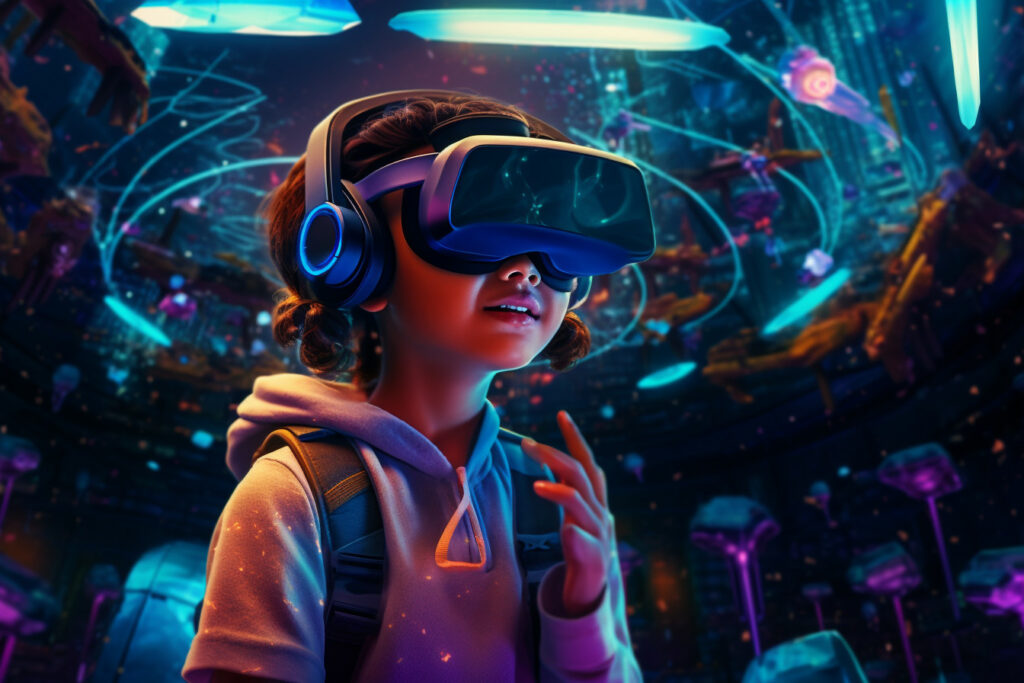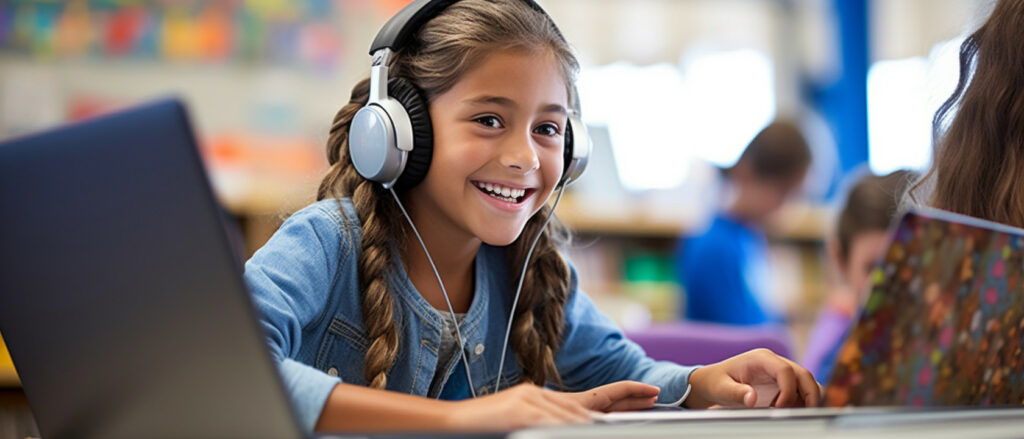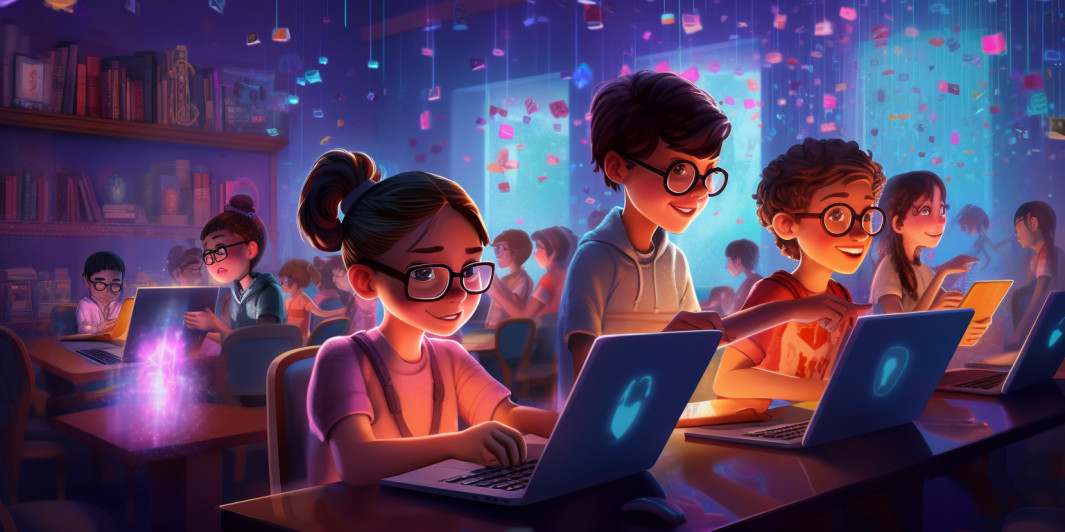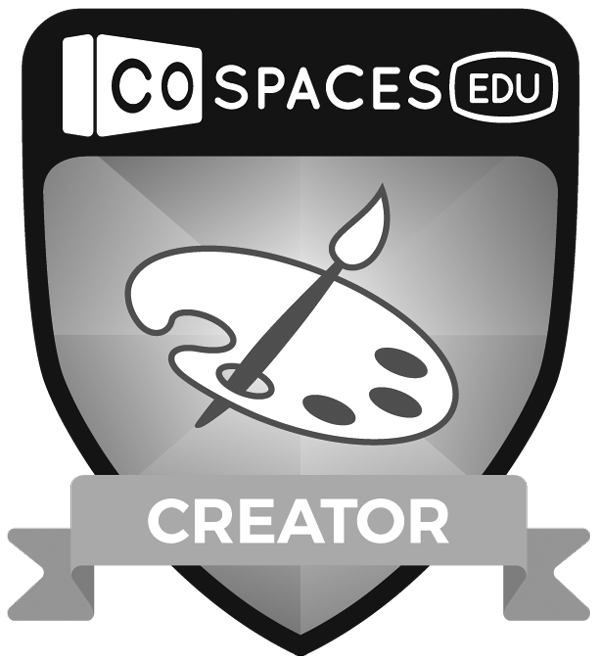It is increasingly difficult for us to imagine a world in which technology does not play a fundamental role, so STEAM education (Science, Technology, Engineering, Art and Mathematics) It is already considered a key competence in the study plans, included in the new education law (LOMLOE).
Such a dynamic field of knowledge requires agility and capacity for innovation also in the educational world, so teachers need to be constantly informed of the latest trends in learning robotics, programming and virtual reality.
In the IGNITE pedagogical team we are very aware of this need and we permanently share with the educational community innovative trends that can help them in the design and implementation of their projects. Today we offer you some of special interest.
Interactive learning through robotics
One of the practices that are most exciting for students in the field of STEAM education is the use of robots to learn in an interactive way. There are many commercial options in educational robotics (LEGO Education, Makeblock, Microbit, Makey, etc.) that allow you to use this resource to pose challenges and problems in a practical environment that must be solved by programming and sequencing actions.
In this way, learning mathematics, logic and computational thinking becomes an instructive game in which, for example, a robot tries to find the exit from a maze or dances to the rhythm of its programming.
visual programming
This type of programming uses highly visual blocks of code, identified by bright colors instead of writing traditional code. Since its invention by the Massachusetts Institute of Technology (MIT), it has become the standard for entering programming at the school level. Platforms like MakeCode Arcade, Blockly and Tynker use it so that students of all ages create interactive programs intuitively. These blocks of code are assembled like pieces of a construction kit, making it easier for students to understand the fundamental concepts and structures of programming.
Virtual and Augmented Reality
Virtual reality (VR) and augmented reality (AR) are helping to expand the frontiers of STEAM education, providing a vivid experience with high visual impact.
VR applications allow students explore virtual worlds y experience scientific or technological concepts in an immersive way. Thus, in class you could travel to outer space or explore the human body in 3D. AR, on the other hand, adds digital information to a real environment, making it easier to view three-dimensional models and understand complex concepts. In this area, the application stands out Cospaces Edu, a fundamental resource in the IGNITE Serious Play educational project that we apply extensively in extracurricular activity 3D Design y Virtual Reality in Primary and Secondary.

Collaborative Robotics
Collaborative robotics involves interaction between humans and robots in a shared work environment. In this way, students can learn to program robots to work alongside them on specific tasks. For example, in teaching robotics in the classroom, students learn to communicate through a wireless network with the different robots they have in order to carry out team challenges, as would be the case of an educational project around a Smart City, searching and collecting recycling blocks.
Artificial Intelligence in education
AI is increasingly being used to personalize learning and provide instant feedback to students. Educational platforms powered by this technology can adapt content and difficulty level according to progress of each student. Thus, in the case of teaching programming, an AI-assisted platform could offer more challenging exercises to students who advance quickly and provide additional support to those who need more time to understand a concept.
In this aspect, our Learning Management System (LMS) It is progressively becoming a fundamental tool for the automation of processes, transforming the relationship model between the different members of the educational ecosystem: teachers, students, family and school.
Strategic competencies for the future
La IGNITE methodology It is based on a broad vision of the skills and competencies that the youngest people will need to develop as people and professionals in the future.
Therefore, we do not incorporate the STEAM education as a set of technical skills, but we focus especially on the development of soft skills (soft skills) such as critical thinking, problem solving, collaboration and communication. STEAM projects often involve solving real-world problems, giving students the opportunity to apply their skills in authentic situations.

Some practical examples:
- A collaborative robotics project at a high school, where students program robots to work together to build complex structures.
- A visual programming class where students use platforms like Minecraft Education to create their own video games or interactive simulations.
- The use of video games such as Minecraft Education to virtually recreate a chemistry laboratory, where students can safely experience dangerous reactions with the incentive of understanding how combinations between compounds work in a fun way in a gamified environment.
- An AI learning platform that offers personalized programming exercises to students of different skill levels.
- Educational robotics projects in which students design and build autonomous robots that can perform specific tasks, such as collecting waste in a simulated environment.
These trends and examples show us how robotics and STEAM educational programming are transforming education by making it more interactive, personalized and relevant to a world in constant technological evolution. These skills not only prepare students for future STEAM careers, but also encourage critical thinking and problem solving in a wide variety of situations.
Our role from the extracurricular field, as an educational entity specialized in strategic future environments, is to light the 'spark' of interest and motivate students to explore and exercise their key competencies.
This discovery, experienced as a fun and instructive game, will help our students develop on a personal level and decide on their future decisions, first in choosing their higher studies and subsequently in the development of their professional and vocational path.
Let's Play, let's Create, let's IGNITE!







